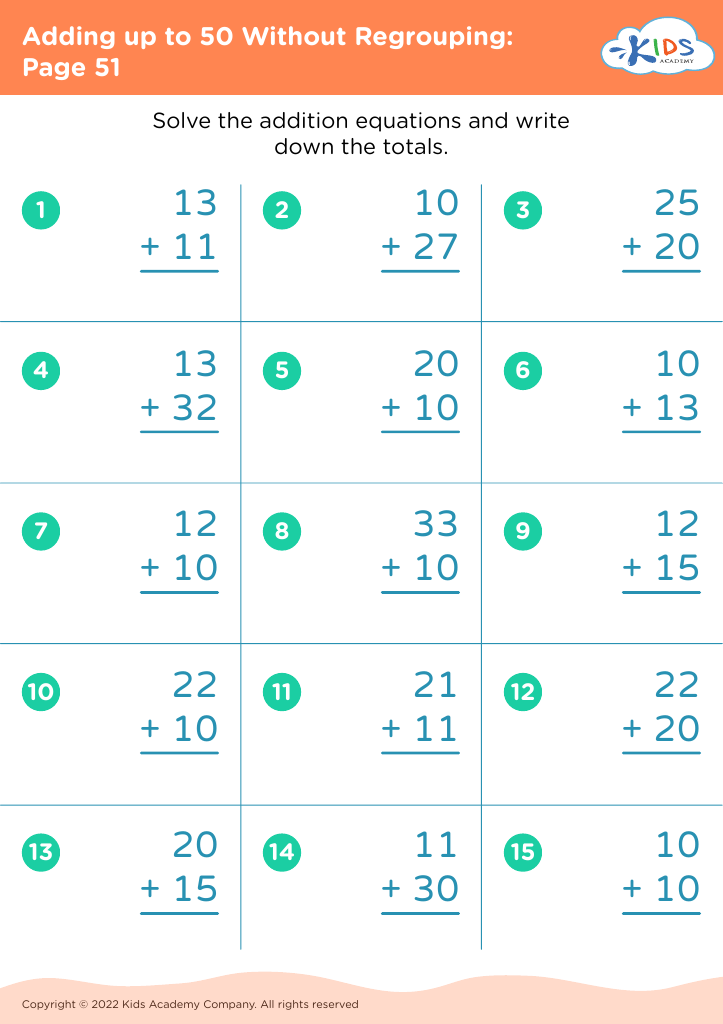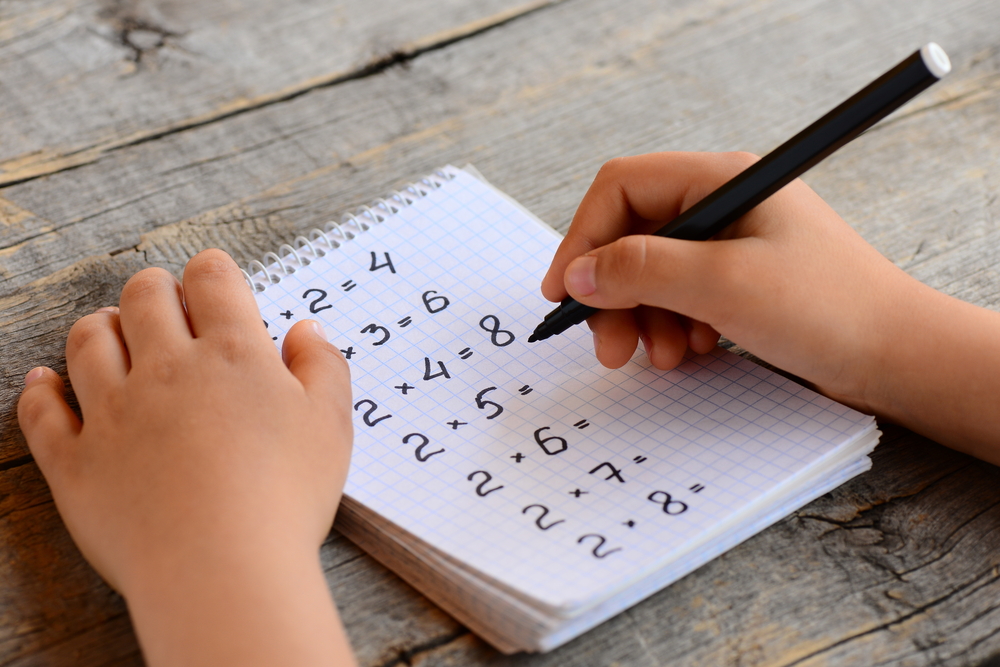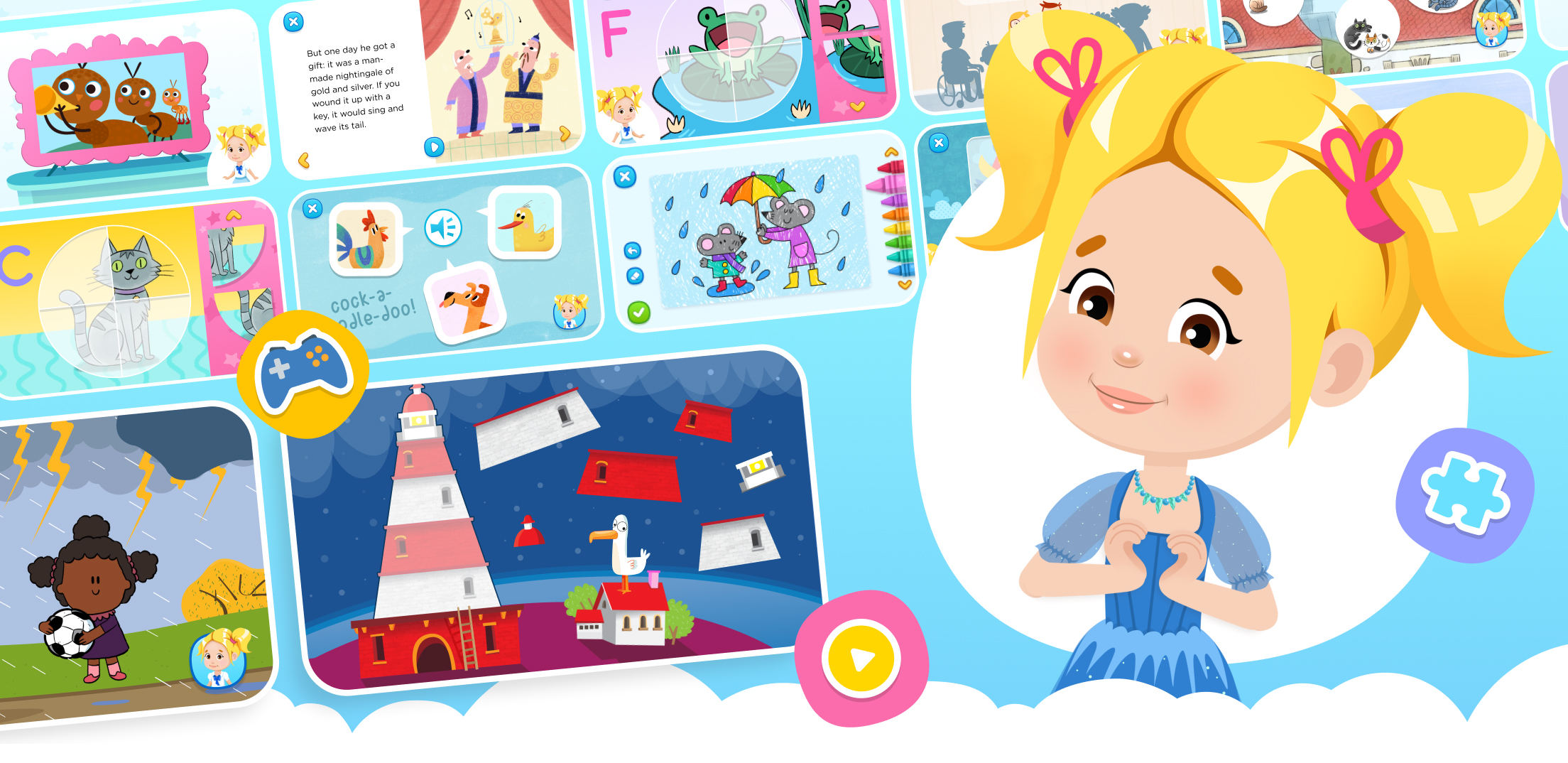Visual recognition Math Worksheets for Ages 4-8
6 filtered results
-
From - To
Discover our engaging Visual Recognition Math Worksheets designed for children ages 4-8, perfect for enhancing their learning experience! These worksheets help young learners develop essential visual recognition skills while making math fun and interactive. Through colorful images and exciting activities, children will strengthen their ability to identify shapes, patterns, and numbers, boosting their confidence in math and problem-solving. Tailored to meet early education standards, our resources provide a playful approach to learning, making it easy for educators and parents to incorporate into their lesson plans. Explore our collection to support your child's mathematical journey today!
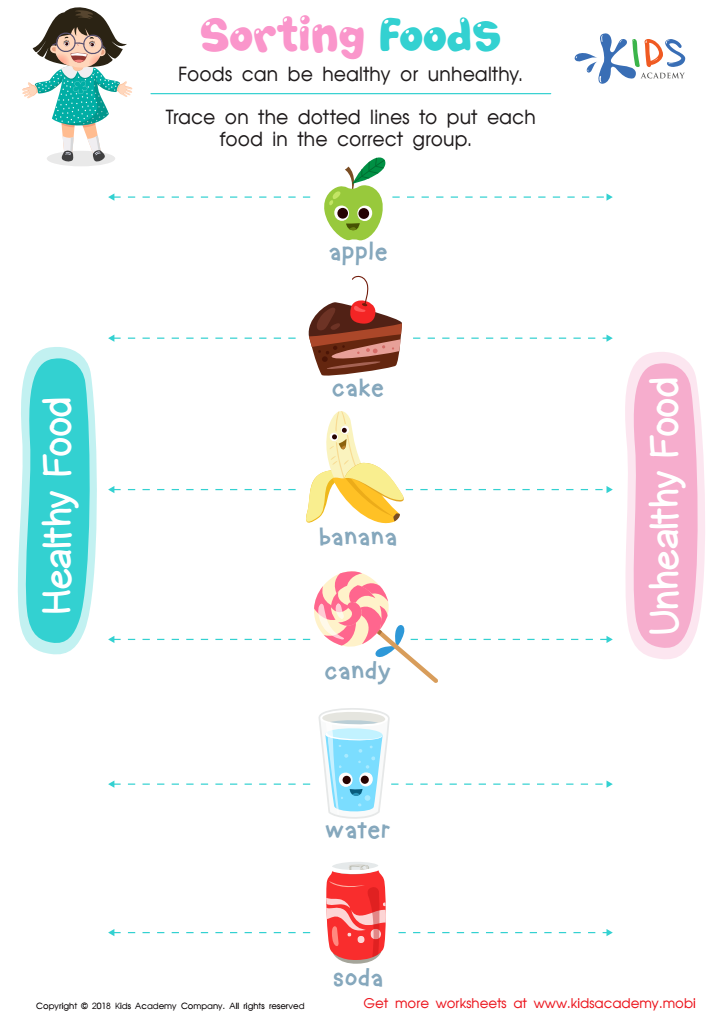

Sorting Food Worksheet


Match It up Worksheet


Let's Look! Part 2 Worksheet


Skip Counting by 10 Through Our Community Worksheet
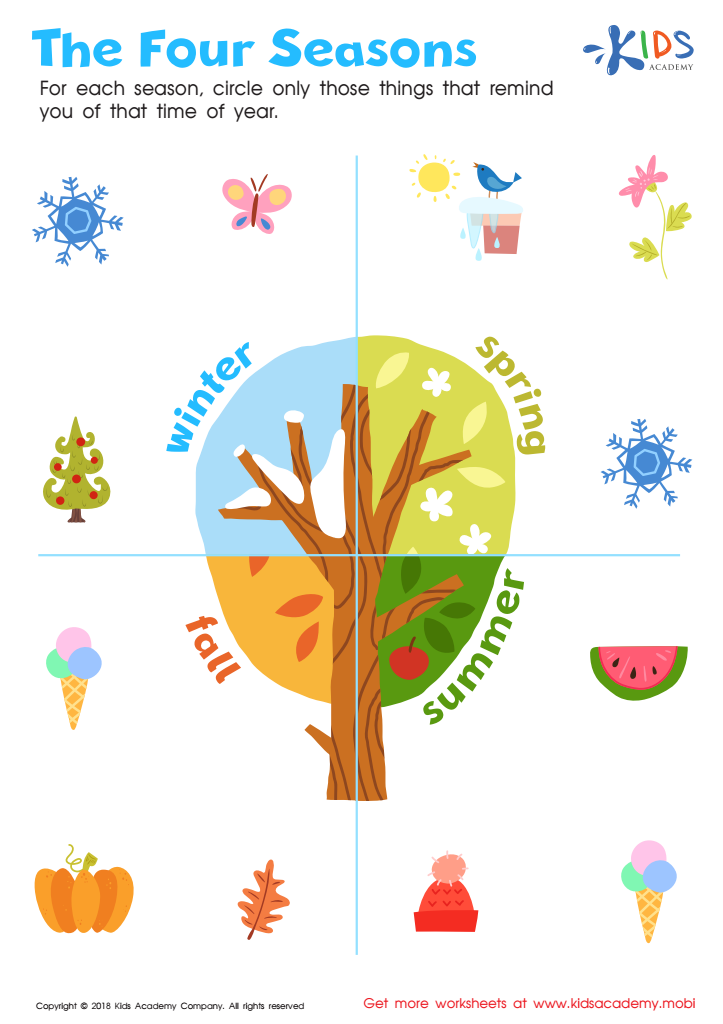

The Four Seasons Worksheet
Visual recognition in math is a crucial skill for children aged 4 to 8, as it lays the groundwork for future mathematical understanding and problem-solving abilities. This developmental stage is marked by a significant cognitive shift, where visual learning becomes pivotal. When parents and teachers prioritize visual recognition in math, they help children identify numbers and shapes more quickly, fostering a positive relationship with mathematics from an early age.
Visual recognition enhances children's ability to comprehend patterns, relationships, and comparisons, which are essential for more advanced concepts like addition, subtraction, and geometry later on. By engaging in activities that promote visual recognition—such as sorting shapes, recognizing mathematical symbols, or using visual aids—educators can create a more interactive and stimulating learning experience.
Furthermore, visual recognition can assist in boosting a child's confidence. When they can visually identify and connect with mathematical concepts, they are more likely to participate in discussions and activities, leading to increased engagement and less math anxiety. For parents, understanding its significance allows them to support their child's learning at home, emphasizing the importance of visual math activities in everyday life. In summary, nurturing visual recognition in math plays a vital role in developing well-rounded, confident young learners.
 Assign to My Students
Assign to My Students
